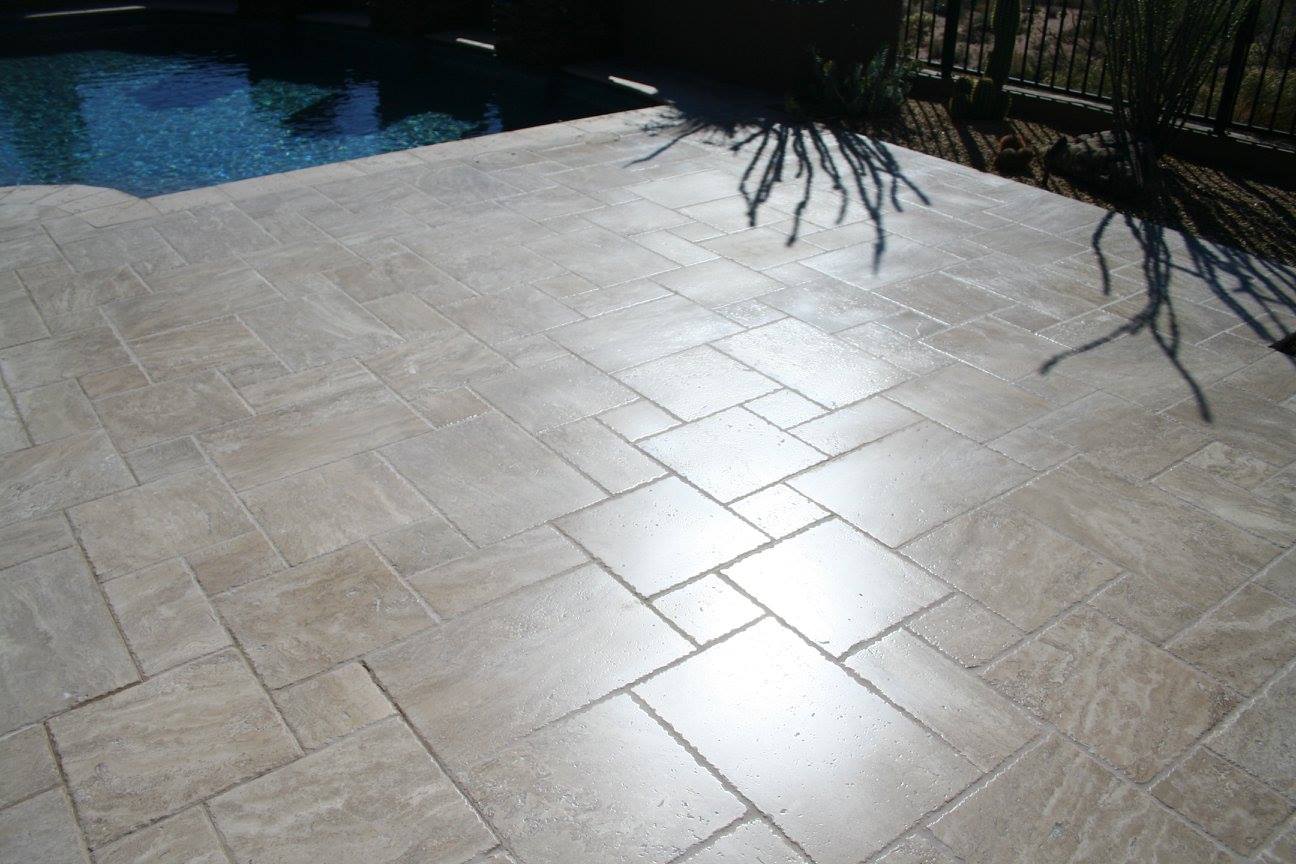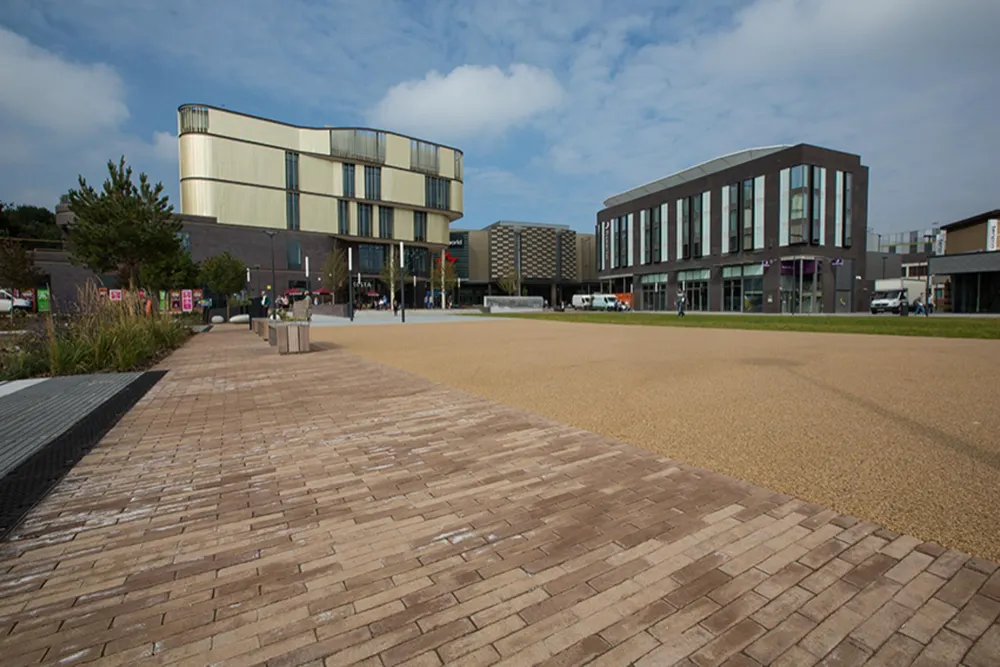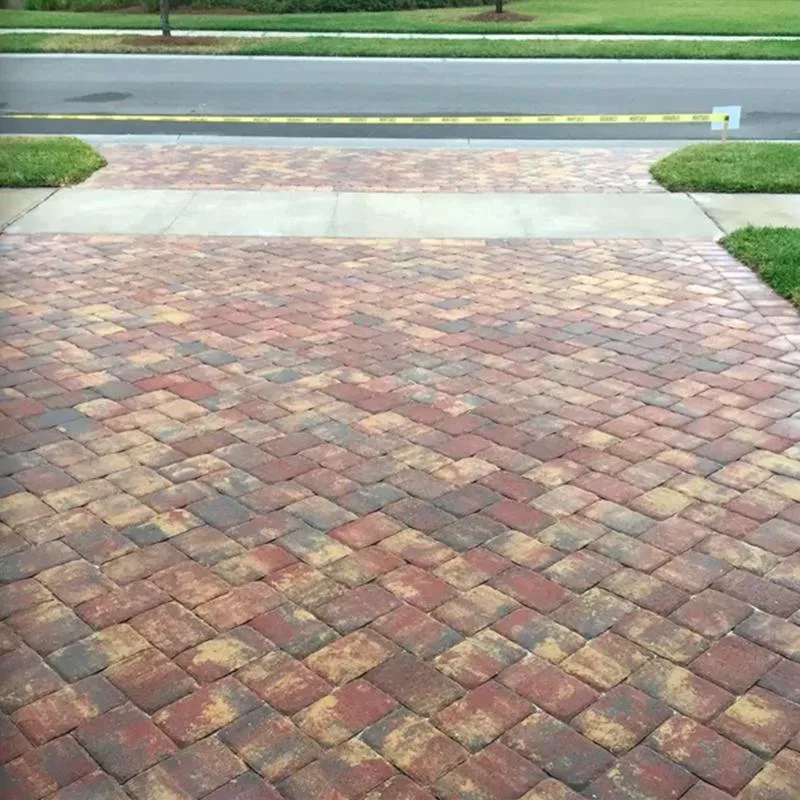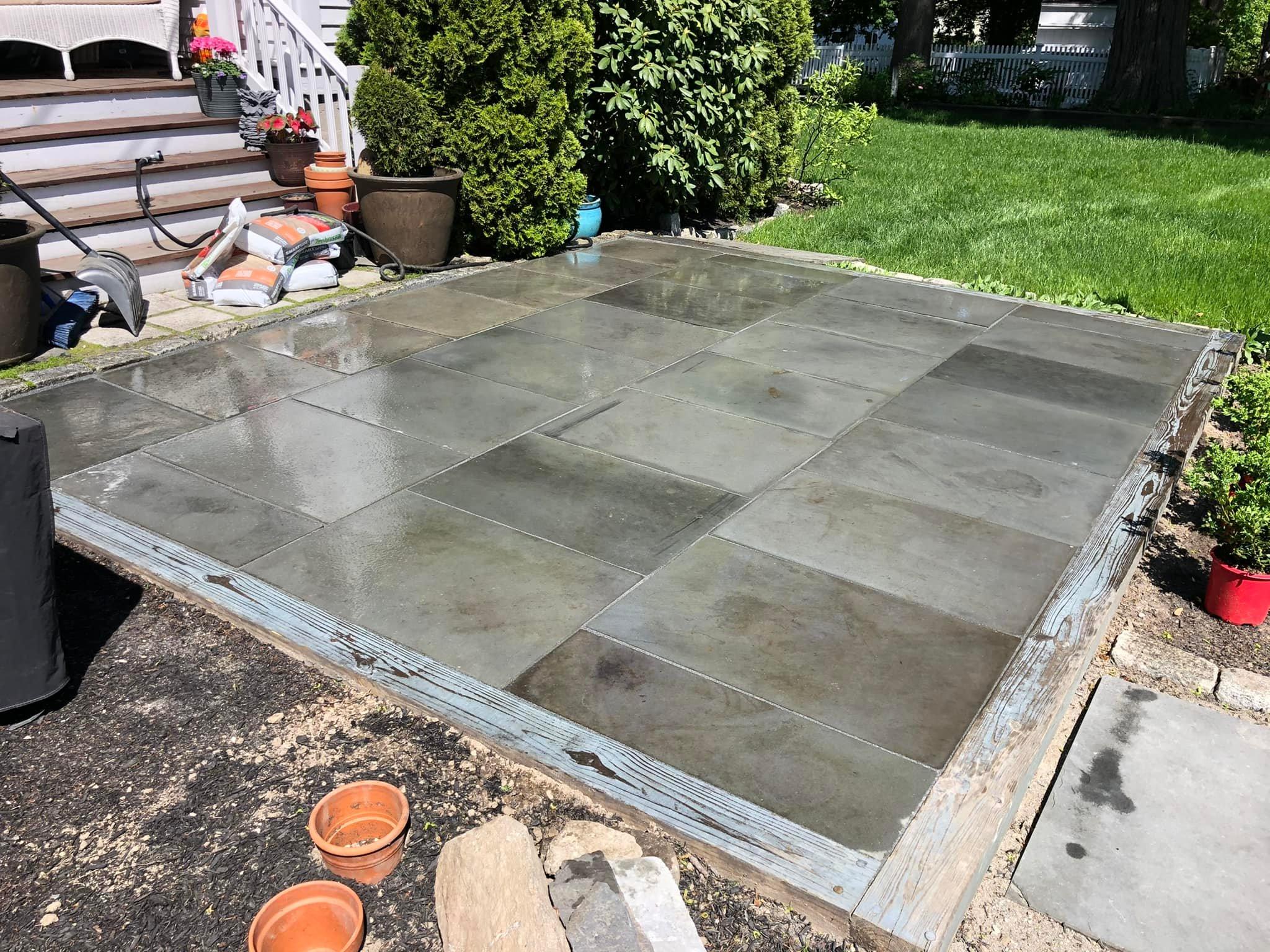Unveiling the Secrets of Effective Concrete Sealing: A Step-by-Step Guide
Are you tired of constantly dealing with cracked and worn-out concrete surfaces? Whether it’s your driveway, patio, or garage floor, concrete is a durable but porous material that needs proper protection against the elements. And that’s where concrete sealing comes in. If done correctly, this practice can significantly extend the lifespan of your concrete surfaces. However, there are many misconceptions and mistakes surrounding the process of sealing concrete. That’s why we’re here to unveil the secrets of effective concrete sealing in this step-by-step guide. So if you’re tired of wasting time and money on ineffective treatments for your concrete surfaces, keep reading to learn how to ensure long-lasting protection for all your outdoor and indoor spaces.
The Significance of Concrete Sealing in Enhancing Property Value
The importance of concrete sealing extends beyond just preserving the physical condition of your concrete surfaces. It also has a profound impact on your property value and overall aesthetics.
A well-maintained, sealed concrete driveway or patio not only provides protection against wear and tear but also significantly boosts curb appeal. This creates a positive first impression on potential buyers or visitors, increasing the desirability of your property.
Moreover, the benefits of concrete sealing go beyond immediate aesthetic enhancements. By reducing long-term repair and maintenance costs, it represents a smart investment that can lead to long-term savings. This is a factor that is often attractive to potential buyers, as it demonstrates the property’s durability and low maintenance requirements.

Cleaning and Preparing the Concrete Surface
Before you can start the sealing process, it’s critical to ensure that your concrete surface is thoroughly cleaned and prepared. Any dirt, stains, or residual material left on the surface can interfere with the sealant’s ability to adhere properly, compromising the effectiveness of the seal.
Start by sweeping the surface to remove any loose debris. For ingrained dirt or stains, use a pressure washer or a hard-bristled brush along with a concrete cleaning solution. If there are any cracks or holes, these should be patched and allowed to cure as per the manufacturer’s instructions. Once the surface is clean and dry, you’re ready to move on to the next step.
Remember, preparation is key to achieving a durable and effective seal. Never rush this stage, as any shortcuts taken here can lead to unsatisfactory results and potential damage in the long run.
Choosing the Right Sealer
Choosing the right sealer for your concrete is a crucial step that directly influences the effectiveness of your seal. Sealers come in a variety of types, each offering different levels of protection, finishes, and durability. Broadly, they can be classified into two categories: topical sealers and penetrating sealers.
Topical sealers, as the name suggests, remain on the surface of the concrete forming a protective layer. They are great for enhancing the color and adding a glossy finish to the concrete. However, they may not be the best choice for outdoor surfaces as they can wear down faster under heavy traffic and weather conditions.
On the other hand, penetrating sealers seep into the concrete and form chemical bonds, providing a more robust and long-lasting protection. They typically do not alter the appearance of the concrete, making them ideal for those seeking a natural look.
Remember, the best choice of sealer depends on your unique needs and the specific conditions of your concrete surface
Applying the Sealer Properly: Testing the Sealer on a Small Area First
Before you begin the process of sealing the entire concrete surface, it is highly recommended to test the sealer on a small, inconspicuous area first. This preliminary test can help ascertain the suitability of the sealer with respect to the concrete surface and the desired final finish.
To do this, apply the sealer according to the manufacturer’s instructions on a small patch of concrete. Allow it to dry completely. Once the area is dry, examine it closely for any changes in color, texture, or sheen. If the results are as expected, you can proceed with applying the sealer to the rest of the surface. If not, consider consulting with a professional or trying a different product.
Techniques for Applying Sealers Evenly and Smoothly
The key to a successful seal lies in its uniform and smooth application. There are several techniques you can employ to achieve a professional finish.
- Use the Right Tools: Woven fabric rollers and high-quality sprayers can ensure an even application. Avoid using tools that can leave streaks or marks, such as low-quality brushes or rollers.
- Apply Thin, Even Coats: Instead of one thick coat, apply two or more thin coats of sealer. This allows the sealer to penetrate properly and results in a more uniform finish.
- Work in Small Sections: To maintain control over the application, work in small sections at a time. This approach prevents the sealer from drying out too quickly and allows for the correction of mistakes in a timely manner.
- Follow the Manufacturer’s Instructions: Always adhere to the manufacturer’s instructions for application and curing times. This will ensure optimal performance of the product.
- Allow Proper Drying Time: After the application, give the sealer ample time to dry before allowing foot or vehicle traffic. Rushing this process can lead to premature wear and tear.
Remember, practice makes perfect. With time, you’ll develop a technique that works best for you and your specific sealing project.
Maintaining the Seal and Reapplication
Maintaining the newly applied seal on your concrete surface is essential for prolonging its lifespan and retaining its visual appeal. Regular cleaning with mild detergent and water can keep your sealed surface free from dust, stains, and mildew. Avoid using harsh, abrasive cleaners that might damage the sealant. Apart from routine cleaning, it’s important to inspect your concrete surface for signs of wear and tear, such as fading, peeling, or cracking of the sealant, on a regular basis.
Reapplication of the sealant depends on the type of sealer used and the amount of traffic your concrete surface experiences. Typically, a reapplication every two to three years is recommended for areas with heavy foot or vehicle traffic, while less frequented areas may require resealing every five years. Always remember to clean and prepare your concrete thoroughly before resealing, just as you did the first time. This ensures optimal adhesion and performance of the new sealant layer.
By diligently maintaining and resealing your concrete surface, you ensure the longevity and aesthetic appeal of your investment, ultimately enhancing the overall value of your property.

Common Mistakes to Avoid When Sealing Concrete
Avoiding common mistakes when sealing concrete ensures a successful and long-lasting application. Here are some errors to steer clear from:
- Ignoring Weather Conditions: The weather can influence the effectiveness of your seal. Aim for a dry, moderate temperature day for the application. Extremely hot or cold temperatures, or high humidity, can affect the curing time and final finish of the sealer.
- Applying Sealer on Unprepared Surface: Applying sealer on a surface that has not been properly cleaned and prepared can lead to poor adhesion and unsatisfactory results. Always ensure the surface is free from dust, debris, oil, or previous sealant layers before applying the new sealer.
- Inadequate Mixing of the Sealer: To ensure uniform consistency and effectiveness, the sealer should be thoroughly mixed before application.
- Over Application of Sealer: Applying too much sealer won’t necessarily offer more protection; it may instead lead to a tacky finish or the formation of bubbles on the surface. Always adhere to the manufacturer’s recommended application rate for the best results.
- Not Allowing Enough Drying Time: Not allowing sufficient time for each coat to dry before applying the next can result in a poor-quality seal. Also, rushing to use the surface before the sealer has completely cured can damage the seal.
Avoiding these common mistakes will ensure a smooth, durable seal and enhance the longevity of your concrete surface. Remember to always follow the manufacturer’s instructions and take proper precautions for a successful sealing project. With the right tools, techniques, and maintenance, your sealed concrete surface will continue to be an asset to your property for years to come.
Stingray Sealing Services
https://www.google.com/maps?cid=9420210911153088529
13561 Luxe Ave Apt. 205, Bradenton, FL 34211
(941) 444-0573
https://stingraysealing.com/


